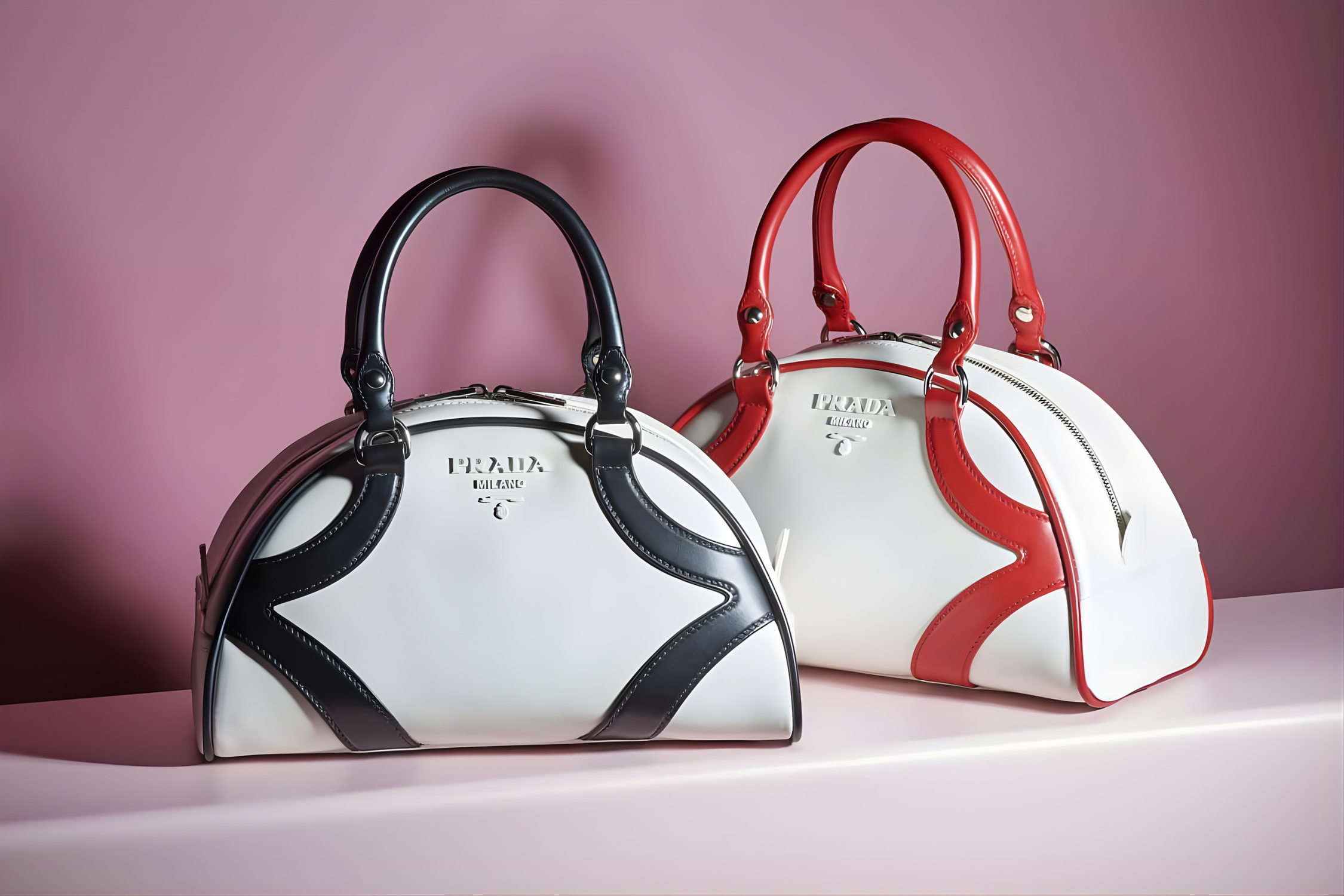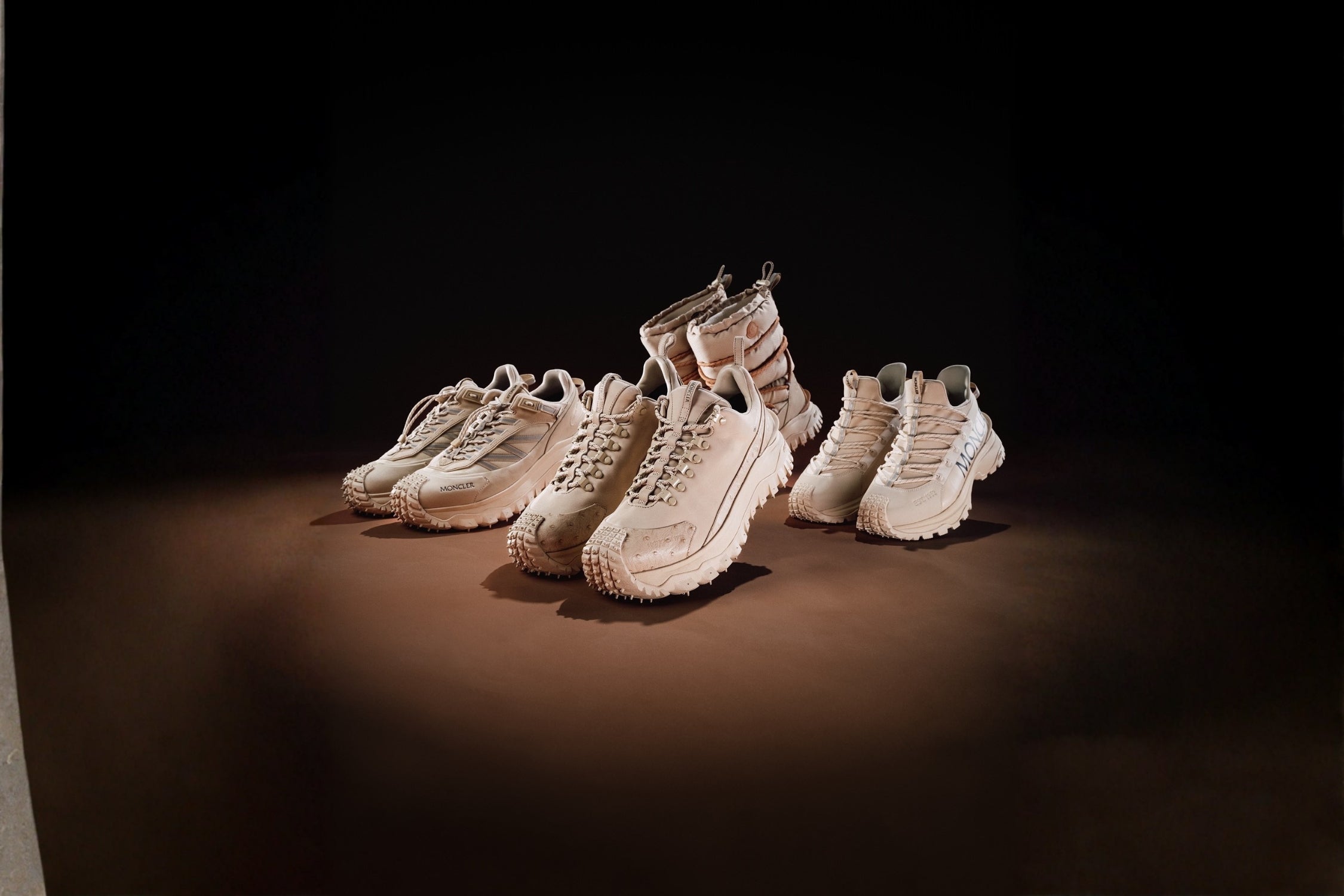In a time where everything is fast-paced, the fashion industry is no exception. The debate between luxury and fast fashion is becoming increasingly prominent, with fast fashion dominating how we shop—thanks to mass production, trendy designs, and low prices. But this often comes at the cost of sustainability, craftsmanship, and ethical labour practices.
Meanwhile, luxury fashion stands by the old adage: quality over quantity. These brands are celebrated for their timeless design, superior materials, and artisanal craftsmanship, often backed by a stronger commitment to responsible production.
As more modern buyers begin to question how their purchases fit into the bigger picture of global impact, let us help break it down for you.
Fast Fashion: Cheaper labour, Environmental impact

With living costs on the rise, it’s no surprise that many turn to cheaper, lower-quality clothes to stay on trend and update their wardrobes. But research shows long-term impact this has on the global economy, environment, and society at large.
First and foremost, the speed of fast-fashion production and consumption is overwhelming. With brands like Zara, H&M, and Shein outsourcing to cut labour costs, a cycle of overconsumption emerges—people buy impulsively and wear items once to keep up with trends. Unlike traditional seasonal fashion weeks, fast-fashion prioritises speed over quality and thus often sacrificing durability. As a result, pieces are quickly discarded, contributing significantly to environmental damage.
Since fast-fashion items aren’t made to last, they often end up in landfills, releasing chemical residues that contaminate water, food sources, and soil fertility, according to the Economics Observatory. This discarded clothing also contributes to both land and sea pollution. The UN Environment Programme reports that fast fashion is the second-largest consumer of water and accounts for about 10% of global carbon emissions. Even more alarmingly, textile emissions from fast fashion are predicted to surge by 60% by 2030.
The outsourcing also creates a huge ethical problem, as textile workers in third-world countries are being exploited through long working hours, low pay, and inhumane working conditions that breach health and safety regulations. This also directly results in an unsustainable business model and unequal wealth distributions.
Luxury Fashion: Exclusivity Value & Sustainable Practice

While fast fashion races against the clock to churn out mass-produced clothing in just a few weeks, luxury fashion houses play the long game—championing timeless design, premium materials, and meticulous craftsmanship by local artisans. The difference lies in the details: from the softness of the fabric to the precision of stitching. Luxury brands also prioritise exclusivity, often offering limited releases, made-to-order pieces, and hand-finished touches that feel deeply personal. No wonder many luxury houses often revisit their archives, breathing new life into classic designs that still feel relevant today.
These meticulous details and extra attention to craftsmanship will naturally cost more—but so does the value. Luxury brands are often produced in limited quantities, so the piece you do get is something you will cherish for life. Fast fashion might follow trends, but luxury sets them.
A growing number of luxury brands have also committed to sustainability practices and are more likely to use responsibly sourced materials and support slower, more ethical production models. For example, Gucci’s Equilibrium program upped the ante and achieved 99% traceability in its leather supply chain. Meanwhile, Prada has introduced a capsule collection made from regenerated nylon using plastics recovered from landfills, and Dior started ‘Dream In Green’ program that focuses on protecting natural resources.
It’s high-time to consider your values, budget, and long-term wardrobe goals. Find your dream luxury wear right now only at MAYFEYR.






























Share:
A Guide to Fendi Bags: From Baguette, Peekaboo to Mon Tresor – Everything You Need To Know
Which Bag Style Fits You Best? A Guide to Crossbodies, Totes, and Clutches